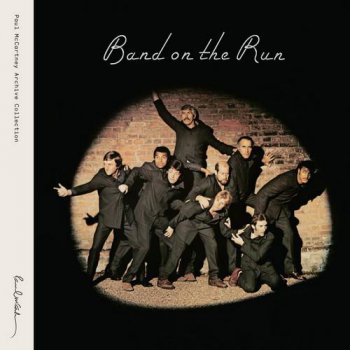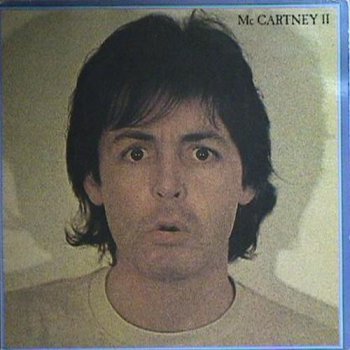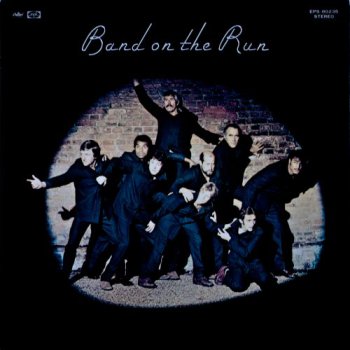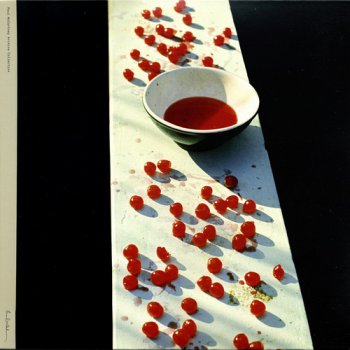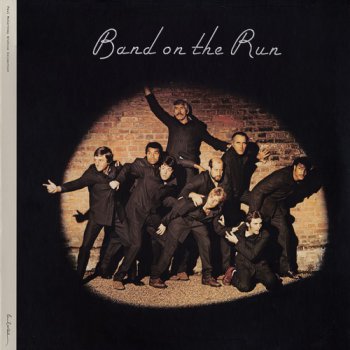The Lovin' Spoonful: 5 Albums - Mini LP Blu-spec CD2 Sony Music Japan 2016
Lossless Galaxy Release The Lovin' Spoonful: 5 Albums Mini LP Blu-spec CD2 Sony Music Japan 2016 Performer: The Lovin' Spoonful Box / Albums: 1965 Do You Believe In Magic • 1966 Daydream 1966 Hums Of The Lovin' Spoonful • 1967 Everything Playing 1968 The Best Of The Lovin' Spoonful Volume 2 (Mini LP Blu-spec CD2 Sony Music Japan 2016) Info: Kama Sutra / Sony Music Japan Cardboard Sleeve (Mini LP) / Blu-spec CD2 Mono Stereo / Limited Release Catalog CDs: SICP-31006~10 Made in Japan Dynamic
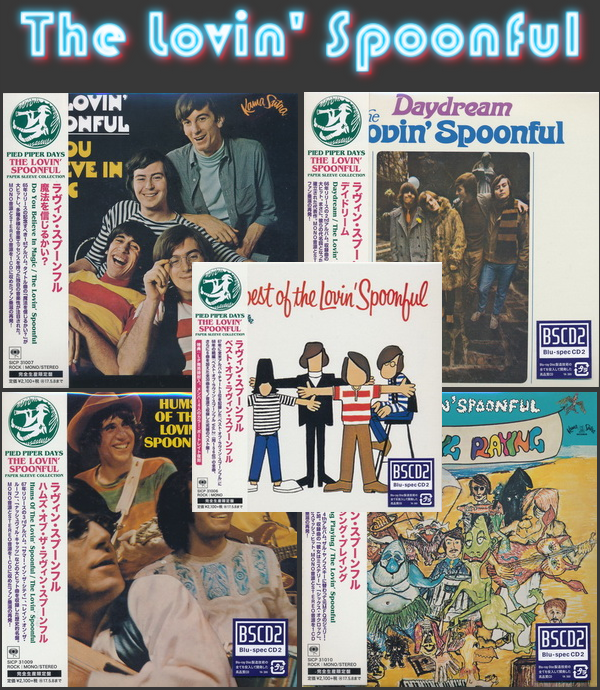
The Lovin' Spoonful: 5 Albums - Mini LP Blu-spec CD2 Sony Music Japan 2016
Lossless Galaxy Release The Lovin' Spoonful: 5 Albums Mini LP Blu-spec CD2 Sony Music Japan 2016 Performer: The Lovin' Spoonful Box / Albums: 1965 Do You Believe In Magic • 1966 Daydream 1966 Hums Of The Lovin' Spoonful • 1967 Everything Playing 1968 The Best Of The Lovin' Spoonful Volume 2 (Mini LP Blu-spec CD2 Sony Music Japan 2016) Info: Kama Sutra / Sony Music Japan Cardboard Sleeve (Mini LP) / Blu-spec CD2 Mono Stereo / Limited Release Catalog CDs: SICP-31006~10 Made in Japan Dynamic
06 10, 2025
Kraftwerk: 2017 3-D The Catalogue - 8CD Box Set Parlophone Records
Lossless Galaxy Release Kraftwerk: 2017 3-D The Catalogue 8CD Box Set Parlophone Records Performer: Kraftwerk Box / Albums: 2017 3-D The Catalogue 1974 Autobahn ● 1975 Radio-Activity ● 1977 Trans Europe Express 1978 The Man-Machine ● 1981 Computer World ● 1986 Techno Pop 1991 The Mix ● 2003 Tour De France (8CD Box Set Parlophone Records Box Set Parlophone Records) Info: Parlophone Records / Klingklang Produkt Ralf Hütter Catalog Box: 0190295873424 Catalog CDs: 0190295873417 • 0190295873400 •
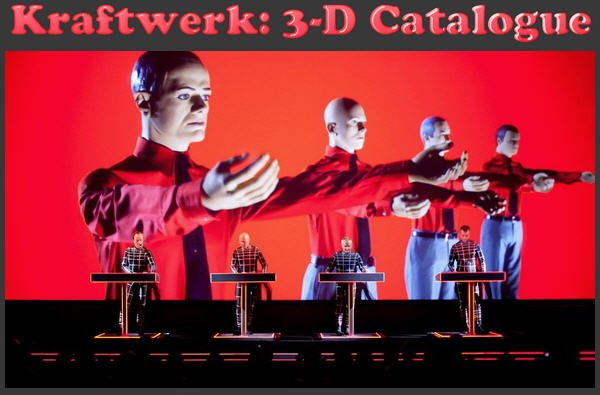
Kraftwerk: 2017 3-D The Catalogue - 8CD Box Set Parlophone Records
Lossless Galaxy Release Kraftwerk: 2017 3-D The Catalogue 8CD Box Set Parlophone Records Performer: Kraftwerk Box / Albums: 2017 3-D The Catalogue 1974 Autobahn ● 1975 Radio-Activity ● 1977 Trans Europe Express 1978 The Man-Machine ● 1981 Computer World ● 1986 Techno Pop 1991 The Mix ● 2003 Tour De France (8CD Box Set Parlophone Records Box Set Parlophone Records) Info: Parlophone Records / Klingklang Produkt Ralf Hütter Catalog Box: 0190295873424 Catalog CDs: 0190295873417 • 0190295873400 •
06 10, 2025
GOOD OLD ROCK’N’ROLL!!! «Exclusive for Lossless-Galaxy collection» Part 3 (38 × CD • Remastered • 1960-2025)
Performer: Various Album / collection: «OLDER! Rock’N’Roll — 1St Press — Remastered» Part 3 Label: (c)(p) 1960-2025 生産ヨーロッパとアメリカ Source: Rip by KoGGaN™ scans by inet… Official DR value: •12•12•7•14•11•6•11•8•8•7•8•7•8•12•10•8/8•6•9•8•10•10•9•8•7•7• •9•8•8/8•10•10•15•13•13•12•13•12•6•9• Catalog (Barcode): much… Genre / Style: Pop, Rock, Classic Rock, Pop Rock, Rock’N’Roll, Glam, AOR Year (info): 1960-2025 (38 × CD, 1St Press + Remastered, Collection—) Format: WV (image + .cue) Bitrate: lossless
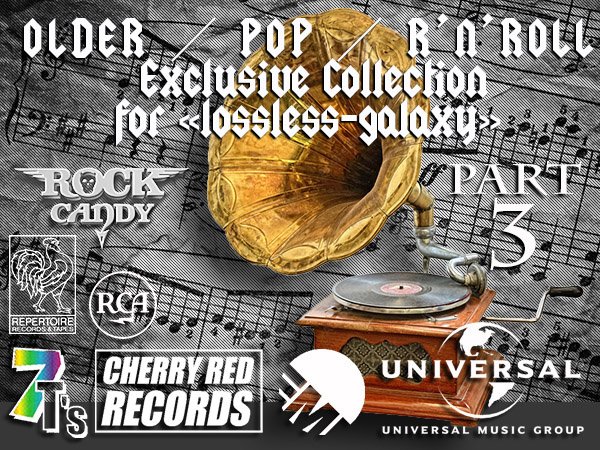
GOOD OLD ROCK’N’ROLL!!! «Exclusive for Lossless-Galaxy collection» Part 3 (38 × CD • Remastered • 1960-2025)
Performer: Various Album / collection: «OLDER! Rock’N’Roll — 1St Press — Remastered» Part 3 Label: (c)(p) 1960-2025 生産ヨーロッパとアメリカ Source: Rip by KoGGaN™ scans by inet… Official DR value: •12•12•7•14•11•6•11•8•8•7•8•7•8•12•10•8/8•6•9•8•10•10•9•8•7•7• •9•8•8/8•10•10•15•13•13•12•13•12•6•9• Catalog (Barcode): much… Genre / Style: Pop, Rock, Classic Rock, Pop Rock, Rock’N’Roll, Glam, AOR Year (info): 1960-2025 (38 × CD, 1St Press + Remastered, Collection—) Format: WV (image + .cue) Bitrate: lossless
06 10, 2025
Жанры
Lossless Galaxy Release
Русская музыка
--Поп
--Рок
--Панк
--Альтернатива
--Металл
--Рэп, Хип-Хоп, R'n'B
--Джаз и Блюз
--Фолк
--Шансон, Авторская песня
--СССР
Зарубежная музыка
--Pop
--Rock
--Hard Rock
--Progressive & Art-Rock
--Pop-Rock & Soft Rock
--Instrumental Rock
--Heavy, Traditional, Industrial Metal
--Power, Gothic, Sympho Metal
--Thrash, Speed, Groove, Modern Metal
--Death, Melodic Death, Doom, Dark Metal
--Black, Pagan, Folk, Viking Metal
--Alternative
--Punk
--Disco, Eurodance
--Rap, Hip Hop, R'n'B
--Reggae, Ska, Dub
--Jazz, Blues, Soul
--Folk, Country, Ethnic
--Electronic, Ambient, New Wave
--House, Techno, Trance
Другие жанры
--New Age, Relax, Meditative & Flamenco
--Chillout, Lounge, Downtempo, Trip-Hop
--Drum & Bass, Jungle, Breakbeat, IDM
--Classical / Классическая музыка
--Soundtrack
--Музыкальные сказки
Vinyl Rip
HI-Res / DVD-Audio / DTS
--SACD
--DSD
--DVD-Audio
Сборники Lossless-Galaxy
Альбомы 2022
Альбомы 2023
Альбомы 2024
Теги
1st Press 2022 2023 2024 2025 70... AOR Black Metal Blues Blues Rock Bootleg Series Classic Rock Death Metal Discography Exclusive for Lossless-Galaxy Folk Rock Fusion Hard Rock Heavy Metal Hi-Res Japanese Edition Jazz Jazz Rock lossless Melodic Death Metal Melodic Rock Modern Electric Blues Pop Pop Rock Power Metal Prog Rock Progressive Metal Progressive Rock Psych Rock Psychedelic Rock Rock SACD Symphonic Metal Thrash Metal Дискографии от KoGGaN
Архивы
Опрос
В каком формате хотели бы видеть релизы на сайте ?
 Автор: ALLexxess, 6 ноября 2010, Комментариев: 9, Просмотров: 3 649
Автор: ALLexxess, 6 ноября 2010, Комментариев: 9, Просмотров: 3 649Paul McCartney And Wings - Band On The Run (2 Discs Set Hear Music 2010 Web Edition 24/96) 1973
Исполнитель: Paul McCartney And Wings
Альбом: Band On The Run (2 Discs Set Hear Music 2010 Web Edition 24/96)
Информация:
2010 - Hear Music
Original Recording Remastered
Uncompressed 24-bit/96kHz Web Edition
Жанр: Rock / Pop Rock
Год: 1973
Формат: FLAC (tracks + High Resolution Details)
Качество: lossless
Covers: format JPG / PDF, full scans
Размер:
Disc 1 201MB (4 Part) + 128MB (1 Part)
Disc 2 201MB (3 Part) + 147MB (1 Part)
Залито на: DepositFiles + Hotfile + Fileserve (3% восстановление)
Для конвертации или записи альбомов с дискретизацией 24/96
данные релизы необходимо разжать в WAV.
Для этого используйте:
Pодные программы форматов
для АРЕ - Monkey's Audio
для FLAC - FLAC Frontend
для WAVPack - wvunpack
Foobar2000 (с установленными плагинами - для всех форматов)
Средний битрейт альбома 2800-2900 kbps.
Данный релиз можно записать как DVD-AUDIO, или
конвертировать в удобный Вам формат с помощью указанных выше программ.
Альбом: Band On The Run (2 Discs Set Hear Music 2010 Web Edition 24/96)
Информация:
2010 - Hear Music
Original Recording Remastered
Uncompressed 24-bit/96kHz Web Edition
Жанр: Rock / Pop Rock
Год: 1973
Формат: FLAC (tracks + High Resolution Details)
Качество: lossless
Covers: format JPG / PDF, full scans
Размер:
Disc 1 201MB (4 Part) + 128MB (1 Part)
Disc 2 201MB (3 Part) + 147MB (1 Part)
Залито на: DepositFiles + Hotfile + Fileserve (3% восстановление)
Для конвертации или записи альбомов с дискретизацией 24/96
данные релизы необходимо разжать в WAV.
Для этого используйте:
Pодные программы форматов
для АРЕ - Monkey's Audio
для FLAC - FLAC Frontend
для WAVPack - wvunpack
Foobar2000 (с установленными плагинами - для всех форматов)
Средний битрейт альбома 2800-2900 kbps.
Данный релиз можно записать как DVD-AUDIO, или
конвертировать в удобный Вам формат с помощью указанных выше программ.

Источник Internet
Thank your Dr. Robert!
Info 2010 Re-Release
The album was re-released by Hear Music/Concord Music Group on 2 November 2010 as the first release in the Paul McCartney Archive Collection. It was released in multiple formats:
* A single CD featuring the original UK version of the album
* A 2-CD/1-DVD Special Edition which includes a CD and a DVD of bonus material in addition to the original album
* A 3-CD/1-DVD Deluxe Edition which has the aforementioned material as well as an audio documentary originally produced for the album's 25th Anniversary release. It comes with a 120-page hardbound containing photos by Linda McCartney and Clive Arrowsmith, a history of the album and additional material
* A 2-Disc Vinyl Edition containing the same audio material as the Special Edition
* High Resolution 24bit 96kHz limited and unlimited audio versions of all 18 songs on the remastered album and bonus audio disc
Disc 1
The first disc features the original UK version of the album
01 Band On The Run
02 Jet
03 Bluebird
04 Mrs. Vandebilt
05 Let Me Roll It
06 Mamunia
07 No Words (Paul McCartney / Denny Laine)
08 Picasso's Last Words (Drink To Me)
09 Nineteen Hundred And Eighty Five
Disc 2 Bonus Tracks
01 Helen Wheels
* "Helen Wheels" was included on only the US edition of Band on the Run in 1973
02 Country Dreamer
* Released in 1974 as the B-side to "Helen Wheels" single
03 Bluebird (from One Hand Clapping)
04 Jet (from One Hand Clapping)
05 Let Me Roll It" (from One Hand Clapping)
06 Band On The Run (from One Hand Clapping)
07 Nineteen Hundred And Eighty Five (from One Hand Clapping)
08 Country Dreamer (from One Hand Clapping)
09 Zoo Gang
* Released in June 1974 as the B-side to "Band on the Run" single in the United Kingdom
* Theme from the UK TV series "The Zoo Gang"
Info
High Resolution Details
Thank your Dr. Robert!
Info 2010 Re-Release
The album was re-released by Hear Music/Concord Music Group on 2 November 2010 as the first release in the Paul McCartney Archive Collection. It was released in multiple formats:
* A single CD featuring the original UK version of the album
* A 2-CD/1-DVD Special Edition which includes a CD and a DVD of bonus material in addition to the original album
* A 3-CD/1-DVD Deluxe Edition which has the aforementioned material as well as an audio documentary originally produced for the album's 25th Anniversary release. It comes with a 120-page hardbound containing photos by Linda McCartney and Clive Arrowsmith, a history of the album and additional material
* A 2-Disc Vinyl Edition containing the same audio material as the Special Edition
* High Resolution 24bit 96kHz limited and unlimited audio versions of all 18 songs on the remastered album and bonus audio disc
Disc 1
The first disc features the original UK version of the album
01 Band On The Run
02 Jet
03 Bluebird
04 Mrs. Vandebilt
05 Let Me Roll It
06 Mamunia
07 No Words (Paul McCartney / Denny Laine)
08 Picasso's Last Words (Drink To Me)
09 Nineteen Hundred And Eighty Five
Disc 2 Bonus Tracks
01 Helen Wheels
* "Helen Wheels" was included on only the US edition of Band on the Run in 1973
02 Country Dreamer
* Released in 1974 as the B-side to "Helen Wheels" single
03 Bluebird (from One Hand Clapping)
04 Jet (from One Hand Clapping)
05 Let Me Roll It" (from One Hand Clapping)
06 Band On The Run (from One Hand Clapping)
07 Nineteen Hundred And Eighty Five (from One Hand Clapping)
08 Country Dreamer (from One Hand Clapping)
09 Zoo Gang
* Released in June 1974 as the B-side to "Band on the Run" single in the United Kingdom
* Theme from the UK TV series "The Zoo Gang"
Info
High Resolution Details
Внимание! У Вас нет прав для просмотра скрытого текста.
Похожие новости:
Комментарии (9)
Добавить комментарий!
Информация
Посетители, находящиеся в группе Гости, не могут оставлять комментарии к данной публикации.
